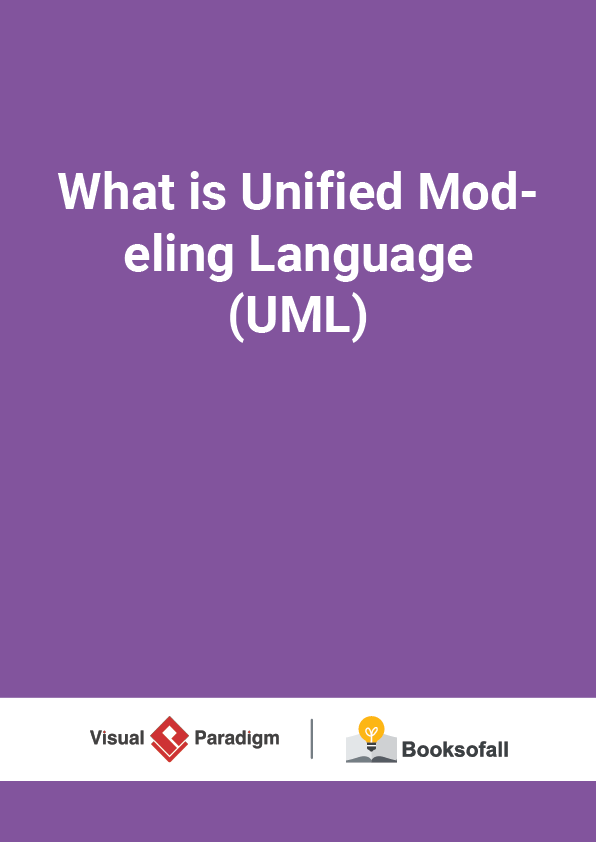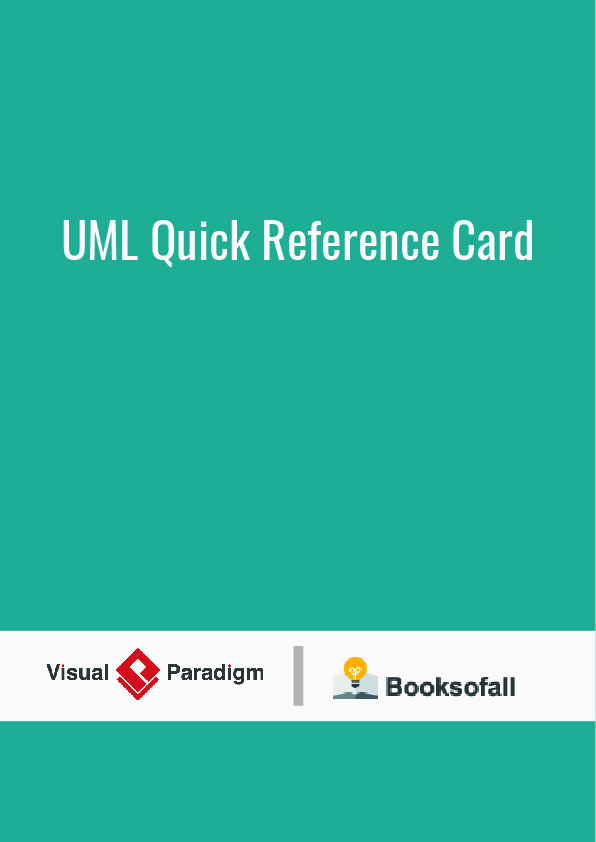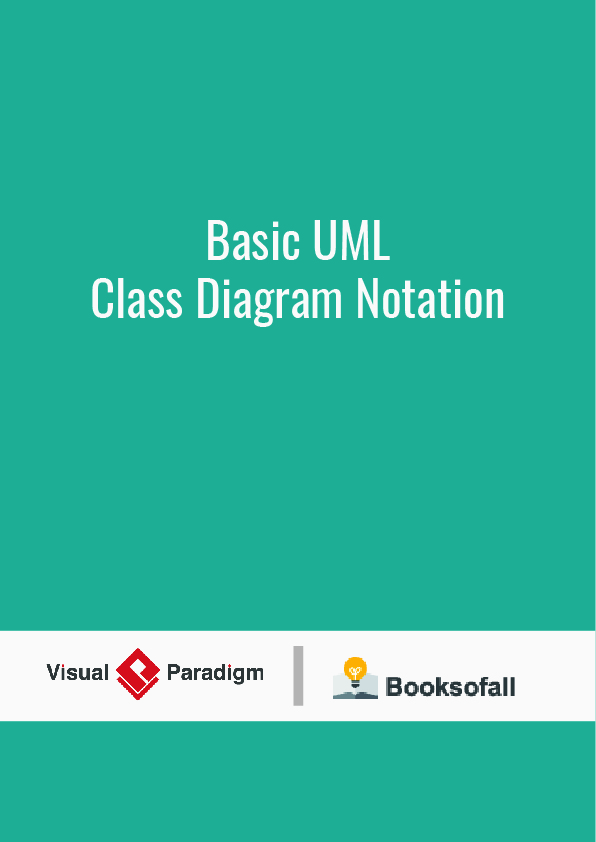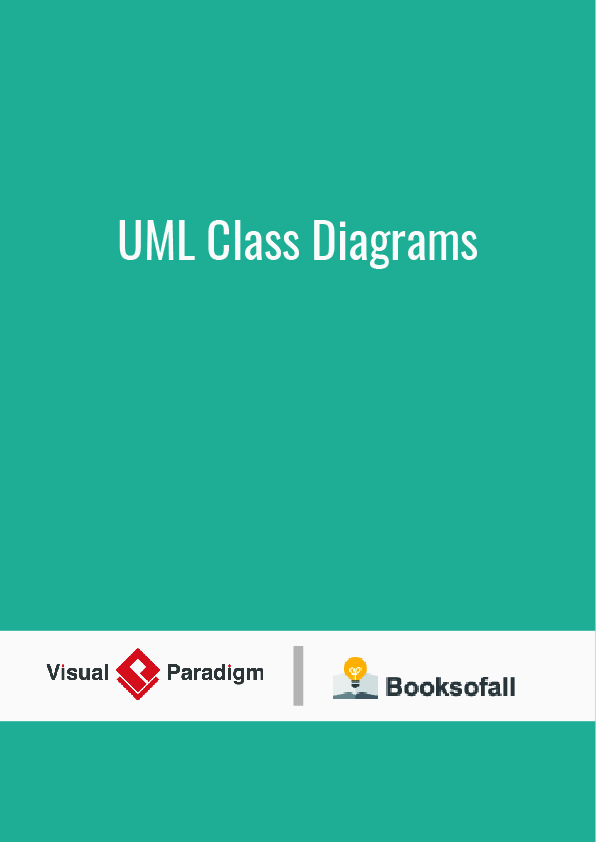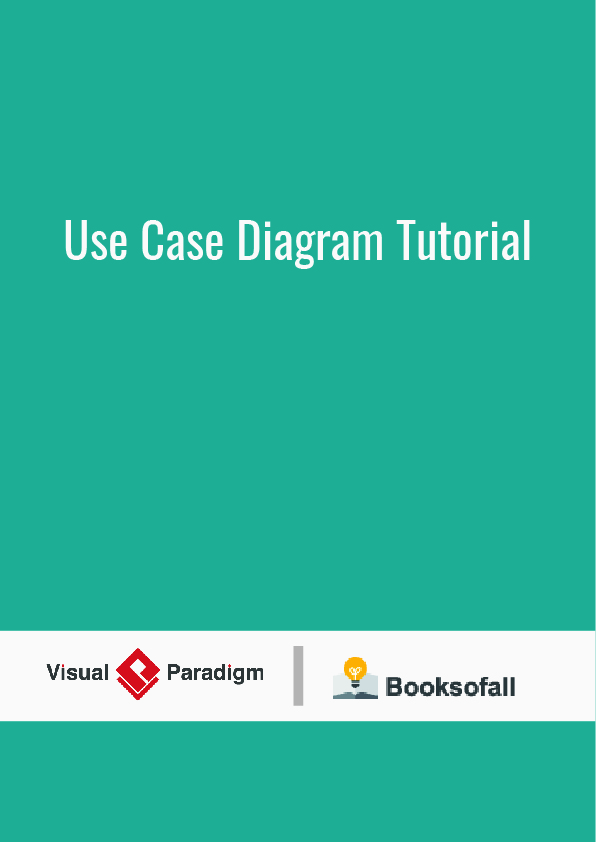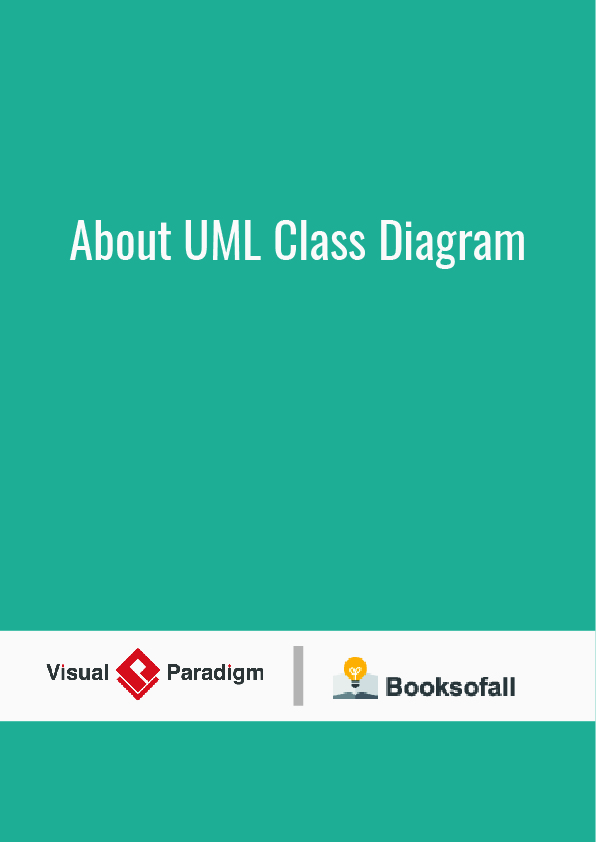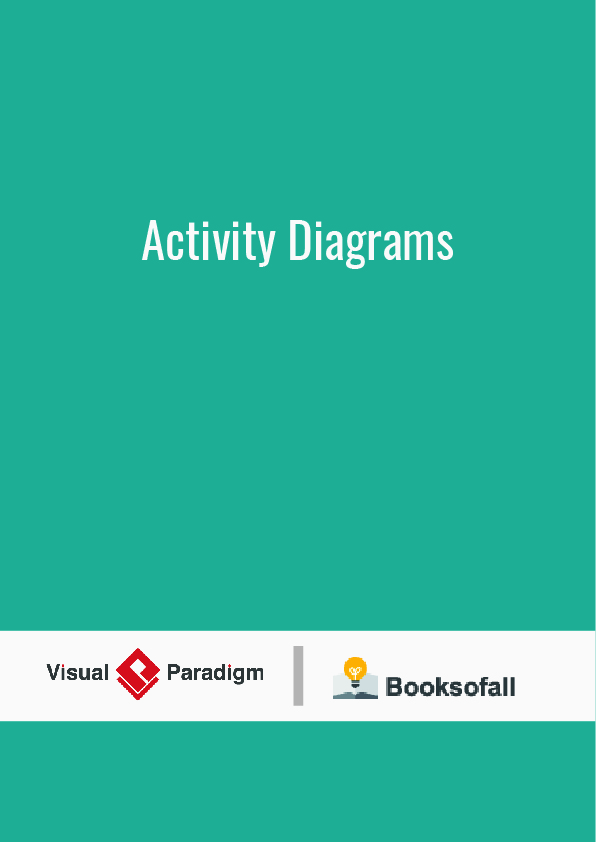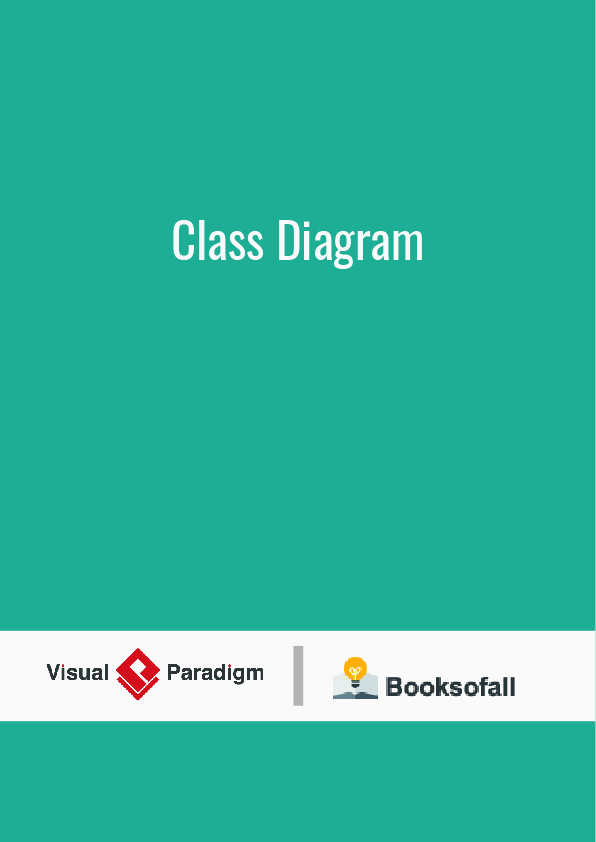What is Unified Modeling Language(UML)?
28-35 minutes
UML , short for Unified Modeling Language, is a standardized modeling language consisting of an integrated set of diagrams, developed to help system and software developers for specifying, visualizing, constructing, and documenting the artifacts of software systems, as well as for business modeling and other non-software systems. The UML represents a collection of best engineering practices that have proven successful in the modeling of large and complex systems. The UML is a very important part of developing object oriented software and the software development process. The UML uses mostly graphical notations to express the design of software projects. Using the UML helps project teams communicate, explore potential designs, and validate the architectural design of the software. In this article, we will give you detailed ideas about what is UML, the history of UML and a description of each UML diagram type, along with UML examples.
Are you looking for a Free UML tool for learning UML faster, easier and quicker? Visual Paradigm Community Edition is a UML software that supports all UML diagram types. It is an international award-winning UML modeler, and yet it is easy-to-use, intuitive & completely free.
Free Download
The Origin of UML
The goal of UML is to provide a standard notation that can be used by all object-oriented methods and to select and integrate the best elements of precursor notations. UML has been designed for a broad range of applications. Hence, it provides constructs for a broad range of systems and activities (e.g., distributed systems, analysis, system design and deployment).
UML is a notation that resulted from the unification of OMT from
1. Object Modeling Technique OMT [ James Rumbaugh 1991] – was best for analysis and data-intensive information systems.
2. Booch [ Grady Booch 1994] – was excellent for design and implementation. Grady Booch had worked extensively with the Ada language, and had been a major player in the development of Object Oriented techniques for the language. Although the Booch method was strong, the notation was less well received (lots of cloud shapes dominated his models – not very tidy)
3. OOSE (Object-Oriented Software Engineering [ Ivar Jacobson 1992]) -featured a model known as Use Cases. Use Cases are a powerful technique for understanding the behaviour of an entire system (an area where OO has traditionally been weak).
In 1994, Jim Rumbaugh, the creator of OMT, stunned the software world when he left General Electric and joined Grady Booch at Rational Corp. The aim of the partnership was to merge their ideas into a single, unified method (the working title for the method was indeed the “Unified Method”).
By 1995, the creator of OOSE, Ivar Jacobson, had also joined Rational, and his ideas (particularly the concept of “Use Cases”) were fed into the new Unified Method – now called the Unified Modelling Language1. The team of Rumbaugh, Booch and Jacobson are affectionately known as the “Three Amigos”
UML has also been influenced by other object-oriented notations:
- Mellor and Shlaer [1998]
- Coad and Yourdon [1995]
- Wirfs-Brock [1990]
- Martin and Odell [1992]
UML also includes new concepts that were not present in other major method sat the time, such as extension mechanisms and a constraint language.
History of UML
1. During 1996, the first Request for Proposal (RFP) issued by the Object Management Group (OMG) provided the catalyst for these organizations to join forces around producing a joint RFP response.
2. Rational established the UML Partners consortium with several organizations willing to dedicate resources to work toward a strong UML 1.0definition. Those contributing most to the UML 1.0 definition included:
- Digital Equipment Corp
- HP
- i-Logix
- IntelliCorp
- IBM
- ICON Computing
- MCI System house
- Microsoft
- Oracle
- Rational Software
- TI
- Unisys
